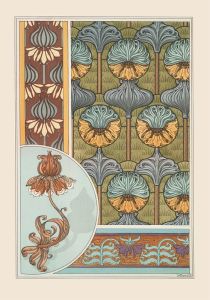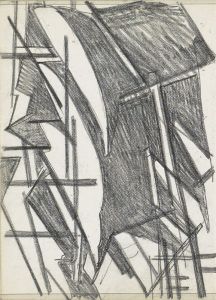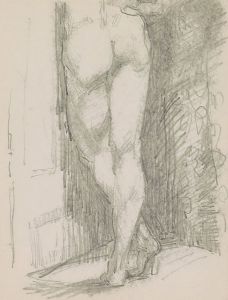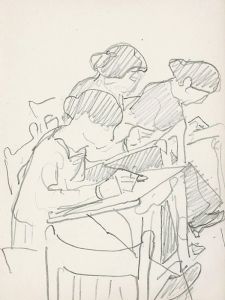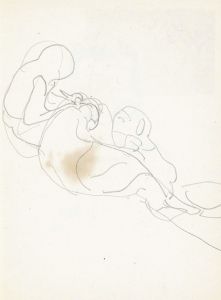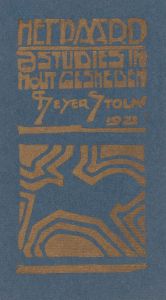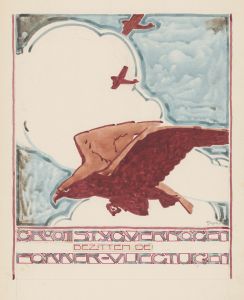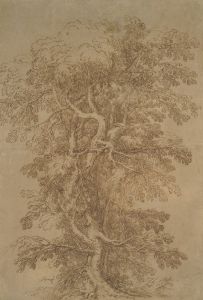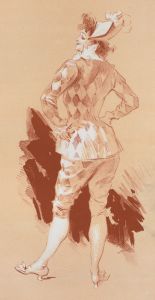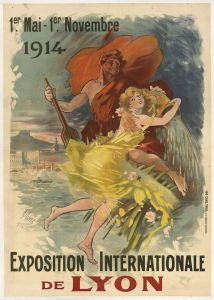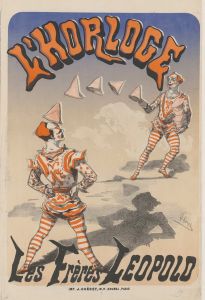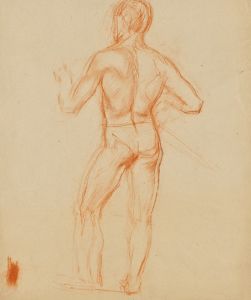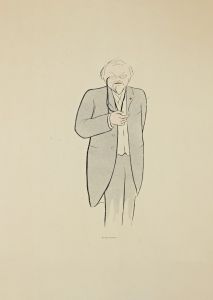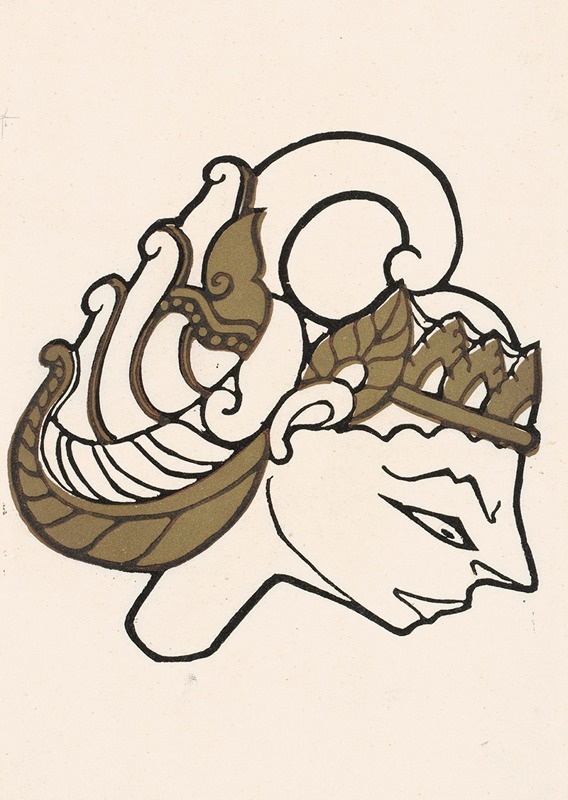
Kop van een wajangpop
A hand-painted replica of Reijer Stolk’s masterpiece Kop van een wajangpop, meticulously crafted by professional artists to capture the true essence of the original. Each piece is created with museum-quality canvas and rare mineral pigments, carefully painted by experienced artists with delicate brushstrokes and rich, layered colors to perfectly recreate the texture of the original artwork. Unlike machine-printed reproductions, this hand-painted version brings the painting to life, infused with the artist’s emotions and skill in every stroke. Whether for personal collection or home decoration, it instantly elevates the artistic atmosphere of any space.
Reijer Stolk was a Dutch artist known for his contributions to graphic art and painting in the early 20th century. One of his notable works is "Kop van een wajangpop," which translates to "Head of a Wayang Puppet." This piece reflects Stolk's interest in Indonesian culture, particularly the traditional Javanese shadow puppetry known as wayang.
Wayang is a significant cultural performance art in Indonesia, especially in Java and Bali, where it has been practiced for centuries. The art form involves intricate puppets made from leather or wood, which are used to project shadows onto a screen, accompanied by music and narration. The stories often draw from Hindu epics such as the Ramayana and Mahabharata, as well as local folklore.
Stolk's "Kop van een wajangpop" captures the essence of a wayang puppet's head, showcasing his ability to blend cultural elements with his artistic style. The painting likely features detailed and stylized representations, characteristic of wayang puppets, which are known for their elaborate designs and symbolic meanings. While specific details about the painting's composition and style are limited, it can be inferred that Stolk's work reflects his exposure to and appreciation of Indonesian art forms.
Reijer Stolk was born in 1896 in the Netherlands and became an influential figure in the Dutch art scene. His career spanned various disciplines, including painting, graphic design, and printmaking. Stolk was part of a generation of artists who were influenced by the cultural exchanges between the Netherlands and its former colony, Indonesia. This influence is evident in his works, which often incorporate themes and motifs from Indonesian art and culture.
Stolk's interest in wayang and other Indonesian art forms was not uncommon among Dutch artists of his time. The colonial relationship between the Netherlands and Indonesia facilitated a flow of cultural exchange, leading to a fascination with Indonesian aesthetics and traditions among European artists. This interest was part of a broader trend of Orientalism in Western art, where artists sought inspiration from Asian and Middle Eastern cultures.
While "Kop van een wajangpop" is a specific example of Stolk's engagement with Indonesian culture, his broader body of work reflects a diverse range of influences and styles. He was known for his innovative approach to graphic design and printmaking, often experimenting with form and technique. Stolk's work contributed to the development of modern art in the Netherlands, and his legacy continues to be recognized in the context of Dutch-Indonesian cultural relations.
In summary, "Kop van een wajangpop" by Reijer Stolk is a testament to the artist's engagement with Indonesian cultural themes, particularly the traditional art of wayang puppetry. Through this work, Stolk not only highlights the intricate beauty of wayang puppets but also reflects the broader cultural exchanges between the Netherlands and Indonesia during the early 20th century.





